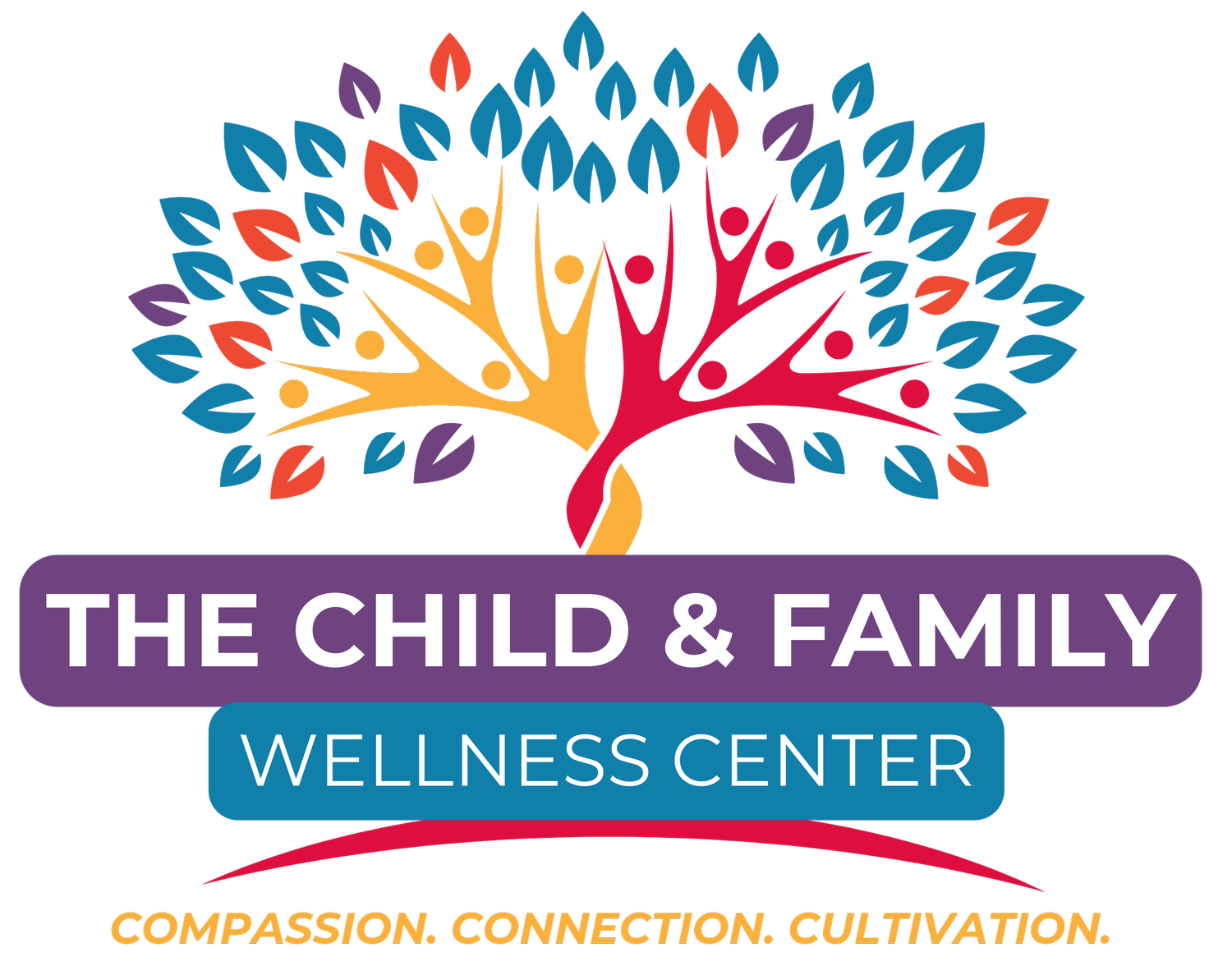How to Talk to Family Members About Mental Health: The BIPOC Edition
Discussing mental health with family can be challenging, especially in Black, Indigenous, and People of Color (BIPOC) communities, where mental health is often misunderstood or stigmatized. Many cultures prioritize resilience, faith, and community over professional help, which can make it difficult to openly discuss struggles like anxiety, depression, or trauma. However, having these conversations is important for personal well-being and for shifting generational perspectives on mental health.
Here are some culturally relevant approaches to talking with family members about mental health in ways that acknowledge tradition, values, and lived experiences.
1. Start with Shared Values
In many BIPOC households, family is at the center of everything. Conversations about mental health may be better received when framed around collective well-being rather than individual struggles. Instead of saying, “I need therapy,” try:
“I want to take care of my mind the way we take care of our bodies.”
“I want to be present for my family, and this is a way for me to do that.”
“Taking care of mental health helps strengthen relationships and keeps our family strong.”
Relating mental health to core values like family harmony, respect, and strength can make discussions feel more natural and less like a rejection of cultural traditions.
2. Acknowledge Generational Differences
Many BIPOC elders grew up in environments where survival took priority over emotional expression. Mental health challenges were often met with silence or addressed through spirituality and community support rather than professional help.
If an older family member dismisses mental health concerns, consider acknowledging their perspective while introducing a new way of thinking. You might say:
“I understand that back then, there weren’t as many options for mental health care, but now we have more resources that can help us.”
“I know our family has overcome so much, and part of honoring that strength is making sure we continue to heal.”
By showing respect for their experiences while advocating for your needs, you can open the door to a more constructive conversation.
3. Use Cultural and Spiritual References
Faith and spirituality play a significant role in many BIPOC communities. If your family values religious or spiritual practices, connecting mental health to these beliefs may help them understand its importance.
For Black families: “Prayer is powerful, and so is having the right tools to navigate stress. Therapy and faith can work together.”
For Asian families: “Our ancestors valued wisdom and balance. Mental health care helps bring balance to the mind and body.”
For Latinx families: “We always talk about keeping the family strong. Taking care of our minds makes our relationships healthier.”
When mental health is presented as an extension of cultural or spiritual practices, it may be more accepted.
4. Share Personal or Relatable Stories
In some BIPOC families, mental health struggles are viewed as private matters. Bringing up the topic in a personal way, or referencing someone they respect, can make it feel more relatable.
“I read about someone from our community who struggled with this and found help. It reminded me that we don’t have to go through things alone.”
“I know someone who went to therapy, and it really helped them find clarity and peace.”
“I’ve been feeling really overwhelmed, and I want to make sure I’m handling things in a healthy way.”
By focusing on experiences rather than abstract concepts, you can help family members understand that mental health challenges are real and common.
5. Address Stigma with Facts and Reassurance
Many BIPOC families worry about how mental health issues will be perceived by others. There may be concerns about being judged or appearing weak. You can ease these fears by addressing stigma directly.
“Taking care of mental health is just like going to a doctor for high blood pressure. It’s about keeping our minds and bodies strong.”
“Mental health struggles are common. So many people deal with stress, anxiety, or depression, and there are ways to manage them.”
“Therapy doesn’t mean something is wrong with me. It’s about having support and learning better ways to handle challenges.”
Providing reassurance and normalizing mental health care can help break down resistance.
6. Meet Them Where They Are
Not every family member will be ready to talk about mental health right away. Some may need time to process, while others may engage in the conversation more indirectly. Pay attention to their comfort level and adjust your approach accordingly.
If they resist the topic, try bringing it up in casual ways, such as mentioning a book, movie, or community leader who discusses mental health.
If they are open but skeptical, offer to share an article or invite them to listen to a talk on the subject.
If they respond positively, encourage deeper discussions and offer to explore mental health resources together.
Patience is key. These conversations are not about changing minds overnight but creating space for understanding and dialogue.
Moving Forward
Talking about mental health in BIPOC families can be complex, but it is possible. By approaching the conversation with respect, cultural awareness, and patience, you can help shift the way mental health is viewed in your community. Every discussion, no matter how small, contributes to breaking generational cycles and making mental well-being a priority for future generations.
If you or a loved one needs support, consider reaching out to a mental health professional who understands cultural perspectives and can provide guidance tailored to your background and experiences.

